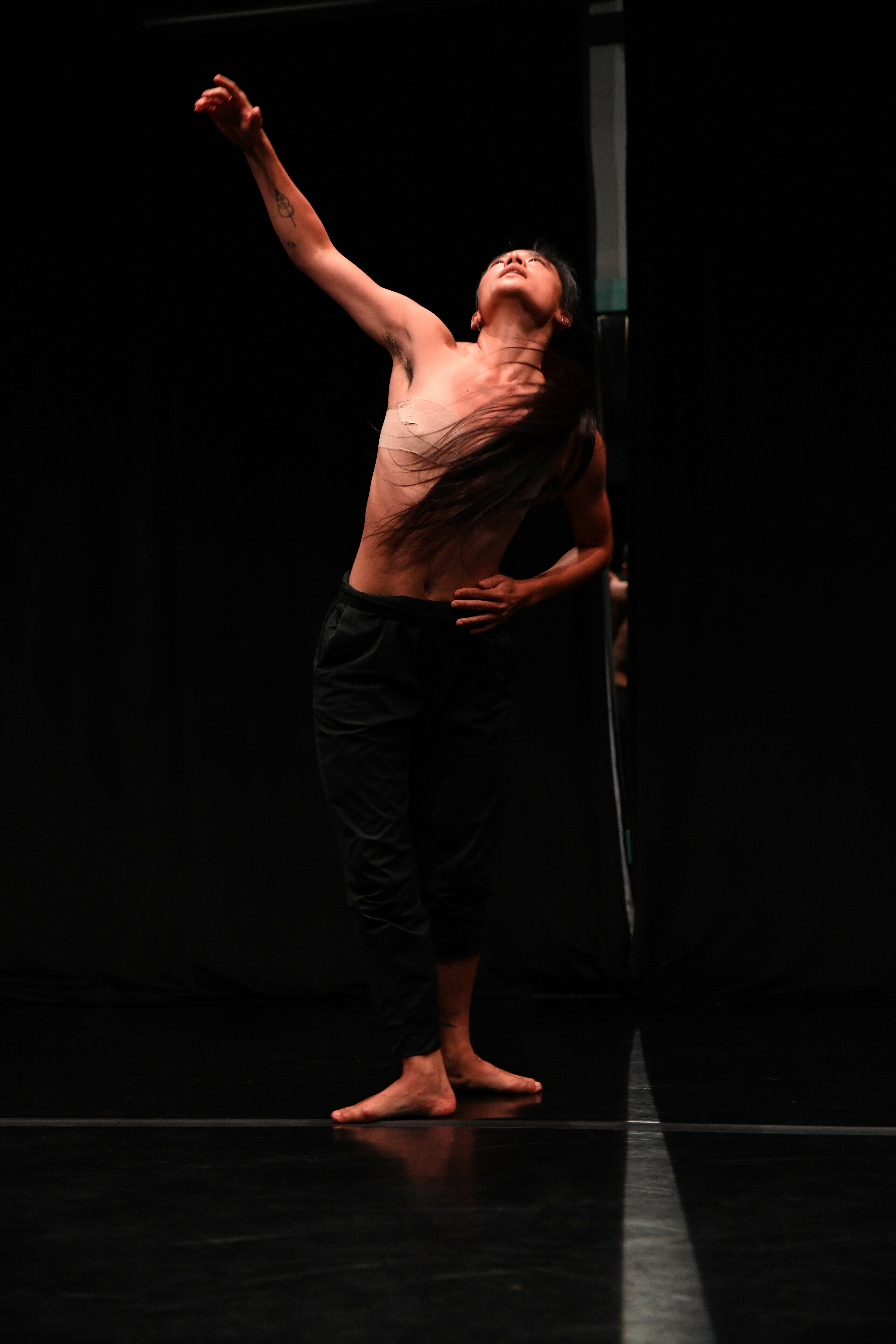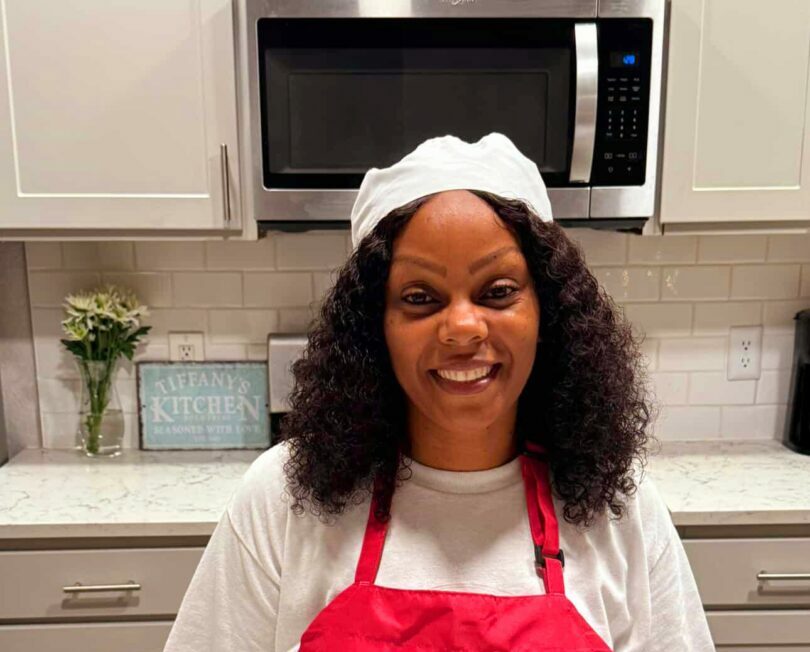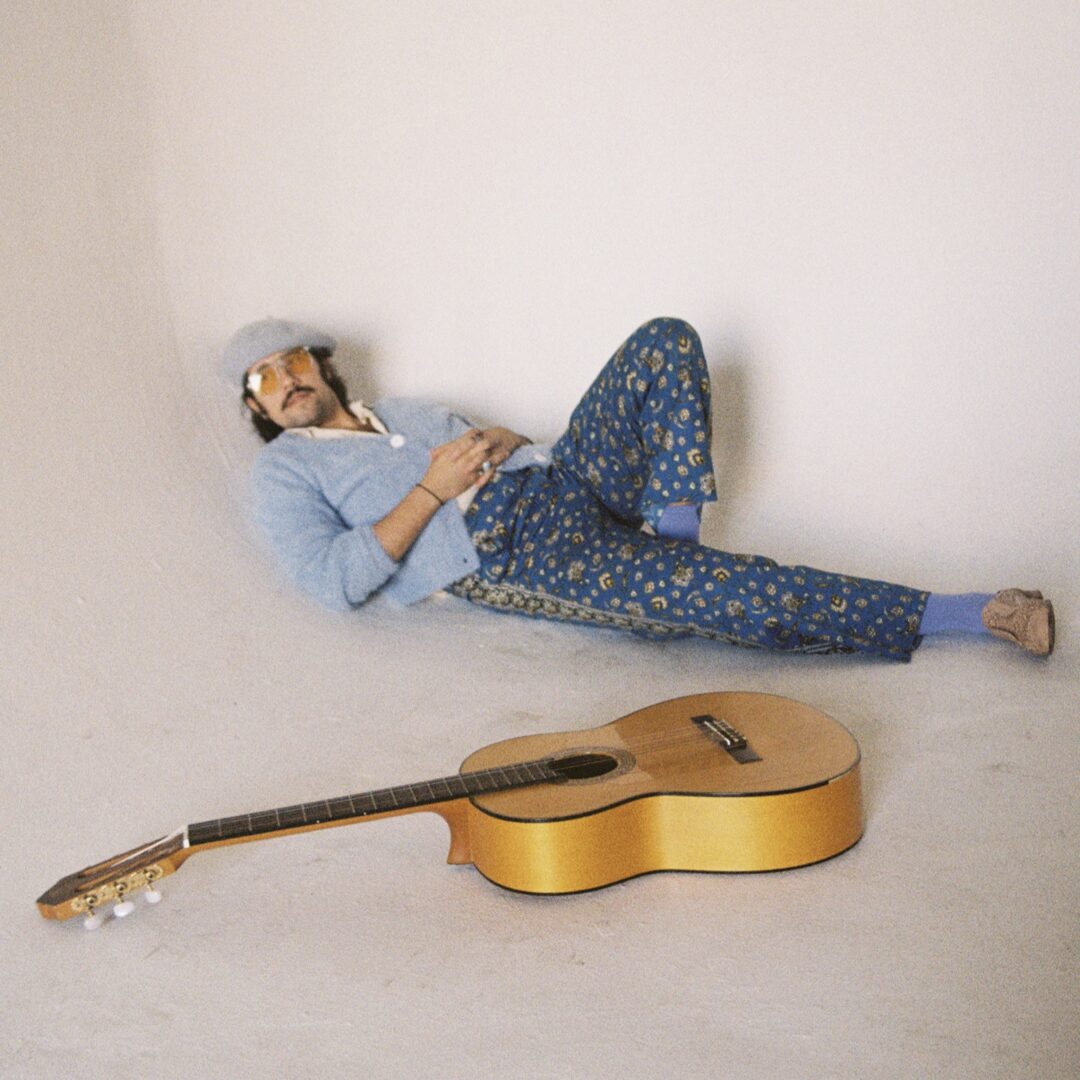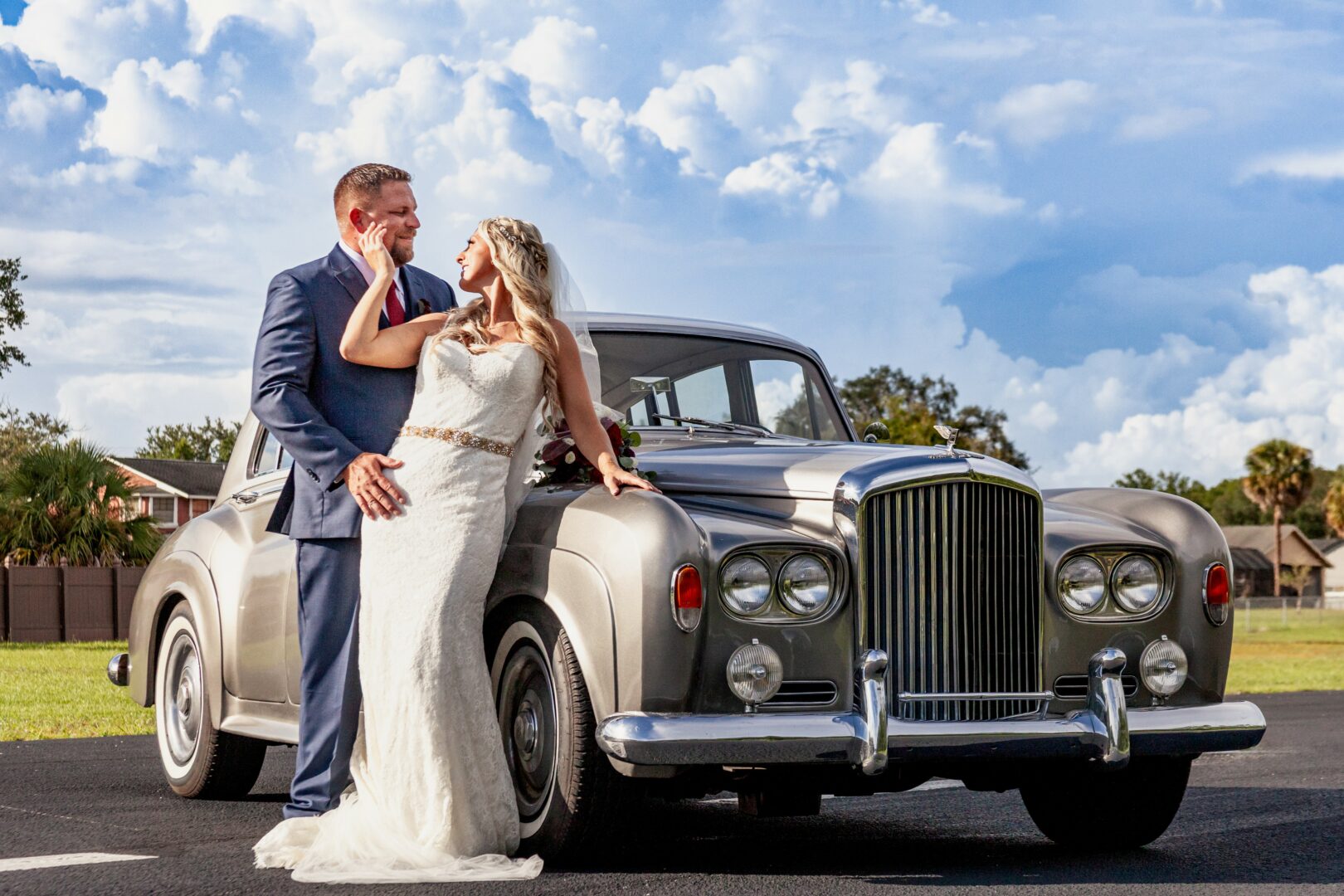Alright – so today we’ve got the honor of introducing you to Manatsu Tanaka. We think you’ll enjoy our conversation, we’ve shared it below.
Manatsu, thanks so much for taking the time to share your insights and lessons with us today. We’re particularly interested in hearing about how you became such a resilient person. Where do you get your resilience from?
My resilience is constantly reignited by art; the true power of art of how art nourishes community by bringing people together, to build a culture of building community, and by understanding the role that art and committing to the responsibility as a practitioner of the arts, there is this constant fuel, an eternal flame that keeps on burning within me and in us.
I came to realize that for the longest time, I really did not understand what is the role of art and the impact of it. I was engaging, relating, and practicing art vaguely as a form of “Self-expression”, which is true. But what I did not understand was how much mass, and weight you could carry within that container of a “self”, having the capacity to include the things that are bigger than just yourself and call it a part of your “self”; when that becomes a reality, then one’s “self-expression” is no longer a monologue, but it becomes an echo, a response to the collective as a member of the global community, as contemporaries of the current moment, an active participant of the world, and understand that each of us plays a very important role in it, therefore we, have such power and impact that we could make in this world with our very own hands.
Understanding the role as a part of a collective comes with heavier responsibilities and a bigger commitment to what you say or do in this world. But I believe that that is exactly what practitioners of the art should be doing. The power of art is truly impeccable, ineffable, and crucial. Art brings people together. Art builds bridges between people. Art nourishes the culture of building culture, and Art humanizes people. When we really acknowledge how powerful of a resource, a tool we are handling, it is no longer possible to just “do” art because it is a “vibe” or “artsy”. When we understand how creativity and artistry are innately human and the fact that there are resources we can use to pursue these creative practices and must come with care and respect to the arts itself.
Art without context, intention, and responsibility is only a decoration. Art is not a way of distraction from what we must be questioning and reassessing, and we, as practitioners of the arts, must be very well aware of that.
Whenever something unfortunate, or inconvenient things happens and when the options we have is whether we turn away from it or reassess and birth seeds of change from it, to face it and take a good look at it is the only way to come back stronger from it. Turning a blind eye never solves anything. And because I know how crucial it is for all of us to reassess, question, and listen, that action we take for a potential change is resilience itself. Despite the system, despite the bigger forces, despite the social structure, despite the greed that is fueled by authority and power, there is nothing more powerful than the people using their autonomy, united with horizontal trust and leadership and community; and that is exactly what art can offer.
The only way for the power of art to fully blossom to its full potential is entirely up to us, artists, creatives, cultural workers, and art enthusiasts, if we are truly committed and ready to respond to the questions.
When we respond, art can bloom.
When we are passive, art is only a replica of what society decided that is “acceptable”
My resilience comes from my passion and love I have for the arts and my commitment is to pay full respect to the power of art.
Thanks, so before we move on maybe you can share a bit more about yourself?
I call myself a Contemporary Dancer/Artist because I am determined to respond to the meaning and weight that the word “contemporary” withholds. There is always an ongoing discussion of what exactly “contemporary” dance/art is, and I don’t think that there needs to be one absolute definition of it. However, what I do not to co-sign on is that contemporary art becoming an art form of ambiance, vagueness, abstraction, and aesthetics. I am someone who carries this sense of alertness towards passivity with what is happening in the world and in the society we live in today because whether the impact is big or not, EVERYONE is a reason someone is hurt as much as we are a reason for change and improvement. But if you are only sheltered in hyper individualism and solely interested in your well-being when the world is not well, that cannot be an excuse for any of us to live in passivity with what is happening in front of our eyes.
“Contemporary” isn’t an aesthetic.
It comes with the ability to respond to the current moment,
It comes with the accountability as an active participant in the present
“Contemporary” isn’t an aesthetic.
Contemporary dance is a response to the peak of the current,
done through the vessel of a body of a contemporary.
And so for me wanting to respond to what it means to be a “contemporary” dancer/artist fuels my passion and dedication.
There is so much advice out there about all the different skills and qualities folks need to develop in order to succeed in today’s highly competitive environment and often it can feel overwhelming. So, if we had to break it down to just the three that matter most, which three skills or qualities would you focus on?
These three would be my answer; -Autonomy
-Discipline
-Community
Autonomy
Often times in creative spaces, the tendency is that there would be a vertical relationship created almost instantly; the jobs of the performers is to meet the directors’/choreographers’ requests. But creativity don’t flow well in top-down systems. Because creativity ignites chain reactions of inspiration, it requires mutual trust as human beings before anything, therefore horizontal trust, and horizontal leadership is something that I believe is crucial in any creative process. You trust that the choreographer trusts your ability to respond to this work, what you have to offer and what colors you can bring in in order to illustrate the narrative so that the message can be sent.
I recently had a show where I was really invested in the original script and the message that the choreographer wanted to deliver through his piece, but because of time consequences, we were making a decision to take out a lot of the scenes that were key moments in terms of story telling and to take out the last scene which was supposed to be a moment where it offers the resolution to the question that the piece has proposed throughout the duration. I really did not want this piece to turn into a showcase of choreographed movement with not much storytelling, so right before our first show, I went up to the choreographer and proposed a simple idea I had that would make the piece possible to offer the resolution and the core message that the script originally had. I trusted him that he would trust my creativity and autonomy, and I did my best to respond to what the piece has offered us to reassess, question, and what message we shall deliver to the witnesses of this piece.
That level of autonomy in performance was something that I had never done before, but I was able to bear the weight of the accountability I must shoulder as I proposed this last-minute solution, and it went well. We all have autonomy within our hands. To achieve horizontal trust, the first step is to nourish the autonomy you have, and then take action upon it.
Discipline
At the end of the day, your creative practices, your journeys are yours. You would always have to be the one to make a choice, take action, and commit to the responsibility that comes along with it. To have a solid, steadfast commitment to the things you love to do and why you want to do it without it turning into a temporary thing or a phase, you really need to find that something that can serve as an anchor to yourself.
For me, it is my determination to be a “contemporary” dancer/artist who can revive the meaning of what “contemporary” means, and to pay full respect to the power of the arts.
That strong will is the anchor to myself and a reason for me to keep on going, keep on expanding my capacity as a human being, both in depth and in dimension.
When you know how to discipline yourself towards something you truly love, you will be surprised with how much of an inner strength you have had, and how you can use that as a fuel for your to keep generating your own momentum.
Community
No one is able to and no one should bear weight of the world on their own. It is too heavy and in a bigger scale, and you would need someone to bear it with you as you bring yourself out there as an active participant of the world. Your friends, peers and colleagues are there for you, and for you to know that you have an option to lean into community instead of shutting yourself down is honestly one of the most encouraging things you can learn in life.
When you are a part of a collective or a community, you realize that you are not running this marathon as a solo runner; it is a relay, and there are people who want to relay the baton from you to others and then hand it to you again so that the momentum as a collective can keep on going, but you don’t have to burn yourself out for the sake of everyone.
Especially in a competitive city like NYC, it is super easy to fall into the mindset that we are all individuals, minding our own business, and you can be friendly but ultimately if they are in the same field as you are, then they are your competitors. But that is unhealthy and that is not sustainable for anyone who continues to strive in a big city like this.
You don’t have to be close friends with everyone, you don’t have to share vulnerability with whoever you call yourself your peers and colleagues, but when you have a community, it is a safer place for you because you know that they will have your back but because it is a “we” rather than a group of “I”s, there is a healthy distance and ways of relating with each other.
Alright, so before we go we want to ask you to take a moment to reflect and share what you think you would do if you somehow knew you only had a decade of life left?
As I heavily emphasize the need and importance of community, unfortunately, we still need a lot of work to do. Community serving a only certain group of people who have the privilege of being able to access to it is not how communities should be. The invisible gatekeeping grows the unconscious elitism and ableism, but if communities are for “everyone”, then how come there is a hint of fear about whether someone can be included in the definition of “everyone” or not?
And if the nonprofit organizations that proudly state that they hope to play a role in organizing and bringing people in to nourish the community aren’t fully committed to what they stated in the first place, because they are more concerned about their impressions and recognitions through their actions as an organization, then they are only a group of people operating a vehicle that functions in the society, driving on a highway, while not even caring to see how people are living in the neighborhood, not doing anything for the people, for the actual community.
If these organizations and institutions are just platforms of vehicles so that the bigger machine can operate, then as an individual artist myself, I want to be someone who uses their own hands to weave and nourish the community within people of the people by the people.
Culture is something that is woven and nourished by the people’s hands.
And community offers a safer space, a community garden for the seeds of culture to be sown.
Contact Info:
- Website: https://manatsutanaka.com/
- Instagram: https://www.instagram.com/manatsu.tanaka/
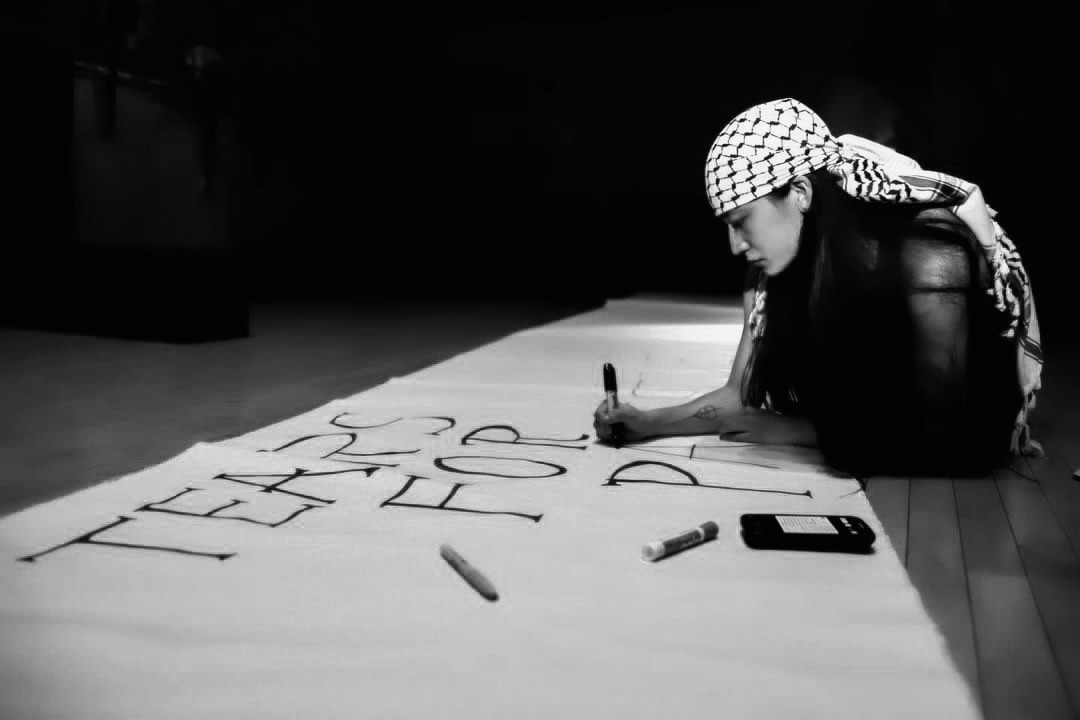
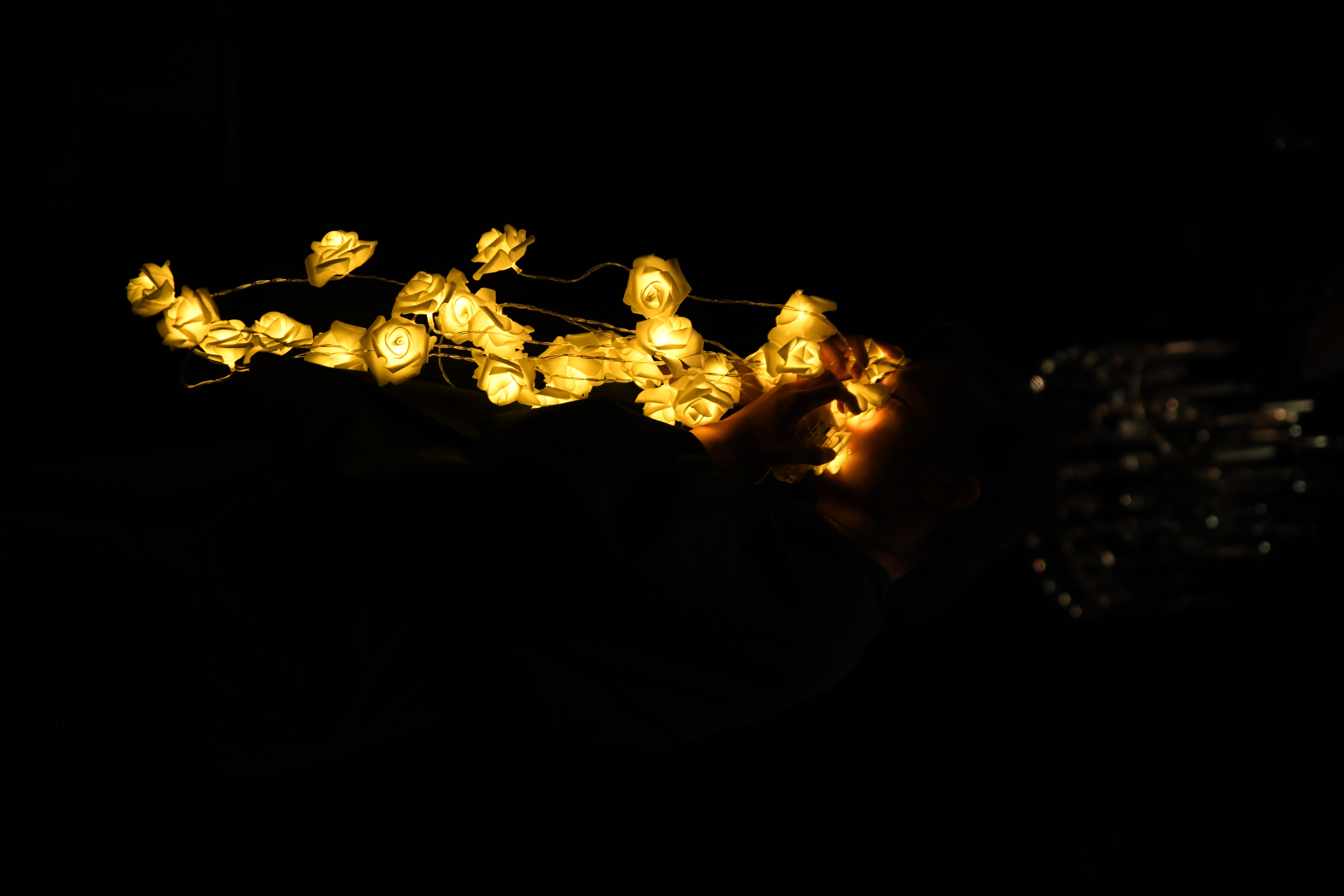
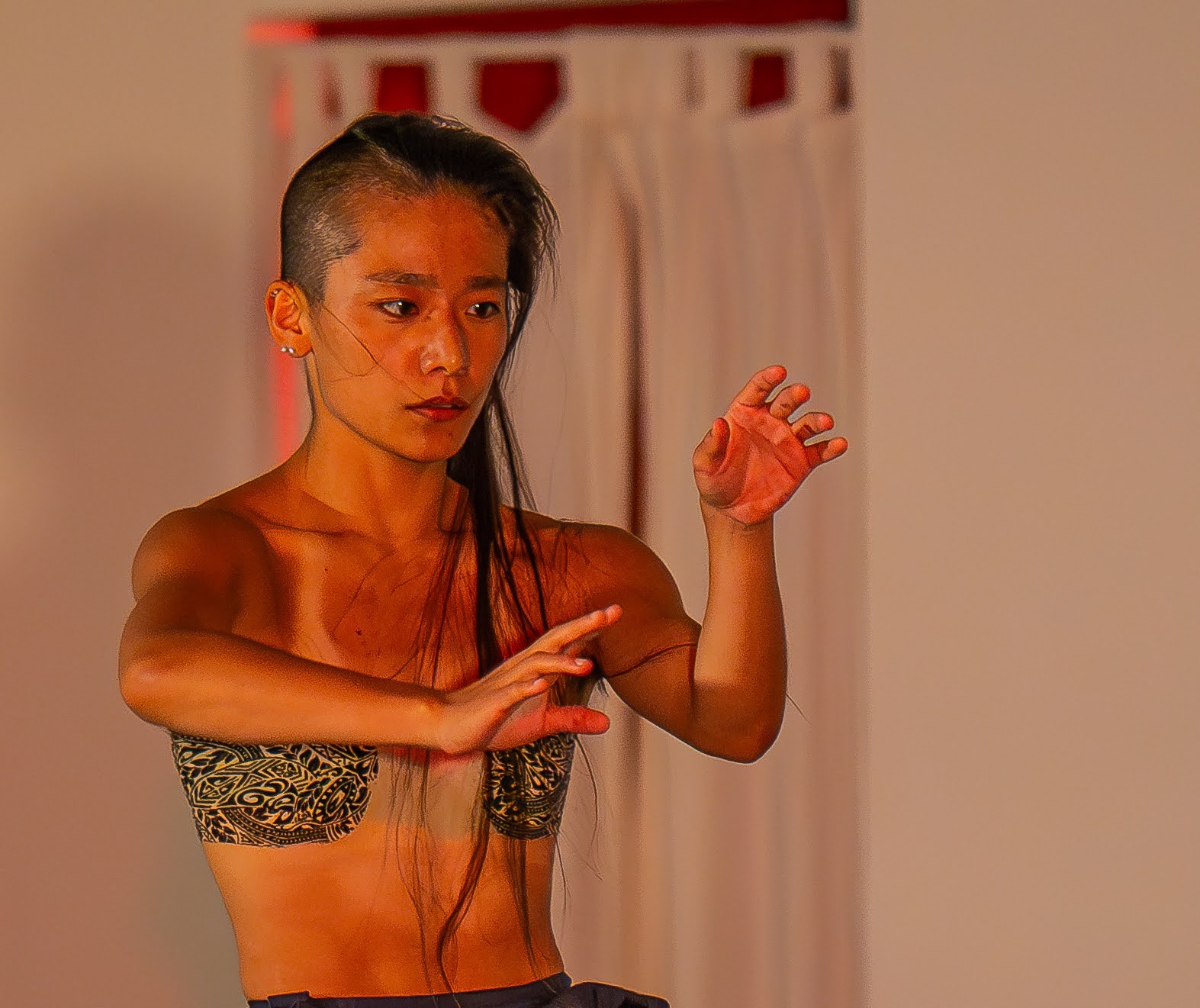
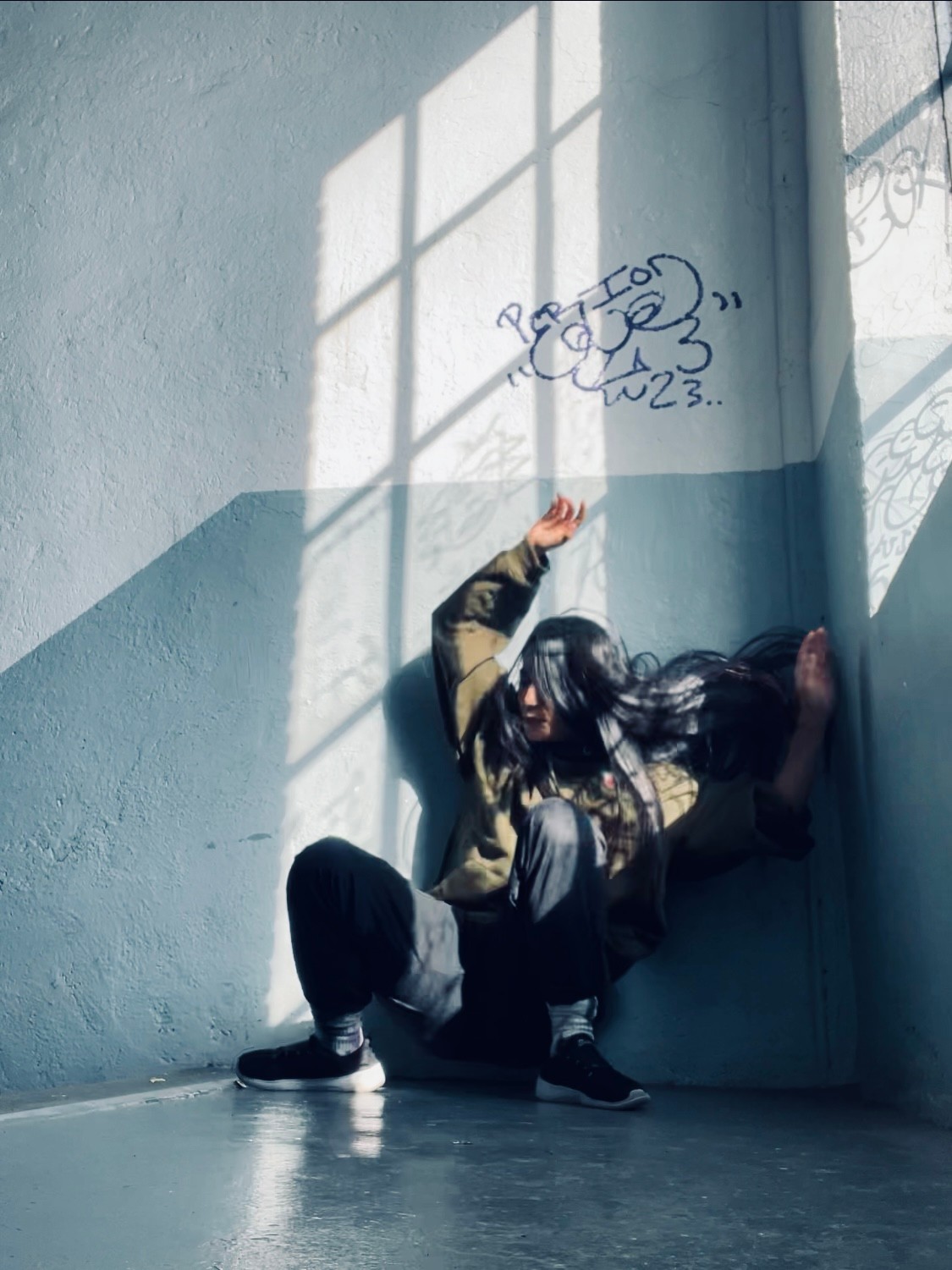
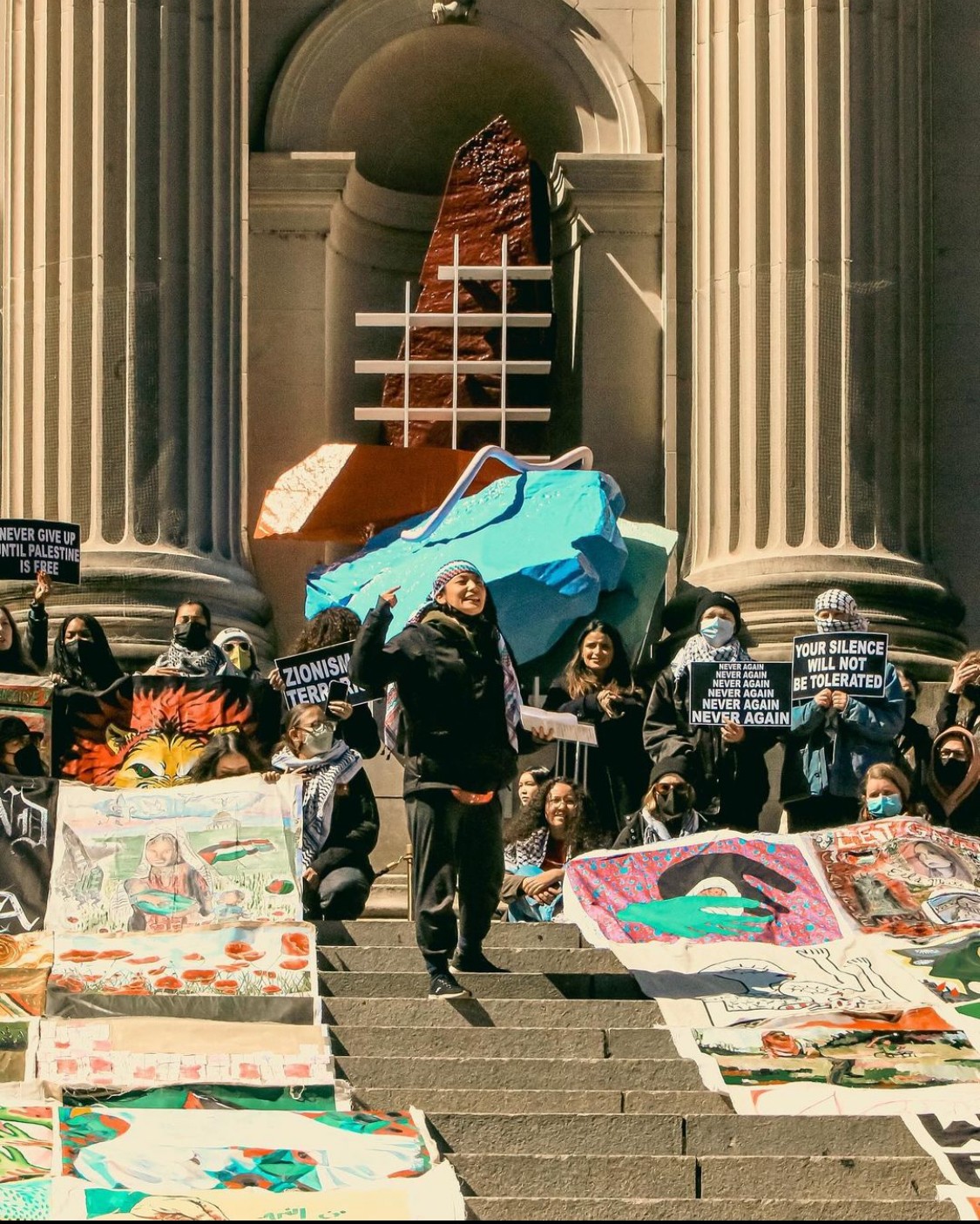
Image Credits
Alexa Blair Wilkinson Ash Marinaccio

